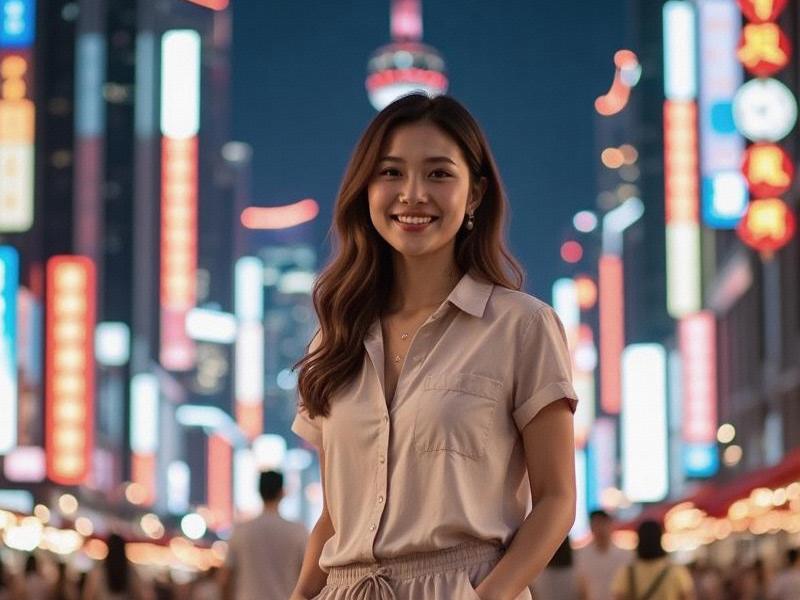
The morning light reveals a Shanghai few outsiders recognize. Along the Suzhou Creek, century-old textile mills now house contemporary art galleries. In the former French Concession, jazz clubs share streets with AI-powered bookstores. This is the new Shanghai - a city where cultural preservation and radical innovation coexist in dynamic tension, creating what UNESCO recently called "the most compelling urban cultural laboratory of our time."
At the heart of this transformation lies West Bund, a 9.4-kilometer riverside cultural corridor that has become the epicenter of Shanghai's creative economy. Here, the Long Museum (founded by billionaire collectors Liu Yiqian and Wang Wei) displays Ming Dynasty porcelain alongside virtual reality installations, while the Yuz Museum's innovative programming attracts international artists seeking exposure to China's sophisticated art market. "Shanghai understands that culture drives urban value," notes museum director Justine Alexandria. "Every major development here now incorporates cultural infrastructure."
上海龙凤阿拉后花园 The numbers tell a striking story: Shanghai's cultural and creative industries generated ¥1.2 trillion last year, accounting for 13% of GDP. The city hosts over 150 museums (triple the number from 2010), 283 performance venues, and Asia's most ambitious public art program, with 1,200 installations citywide. This cultural explosion stems from deliberate policy - Shanghai's "Cultural Capital 2035" plan invests ¥100 billion annually in creative industries.
Performing arts showcase Shanghai's cultural synthesis. The Shanghai Symphony Orchestra, Asia's oldest Western-style orchestra, now incorporates traditional Chinese instruments in groundbreaking compositions. At the Yifu Theatre, Peking Opera stars perform Shakespeare adaptations, while experimental troupes like the Shanghai Modern Drama Group reinterpret Chinese classics through multimedia storytelling. "We're creating a new performance language that speaks to global audiences," explains director He Nian.
上海龙凤419手机 Literature thrives in unexpected spaces. The 1920s-era Sinan Mansions host literary salons where WeChat novelists debate with Nobel laureates, while the Shanghai Translation Publishing House has become the world's leading publisher of Chinese literature in foreign languages. Annual events like the Shanghai International Literary Festival attract over 100,000 visitors, cementing the city's status as Asia's publishing capital.
爱上海 Fashion reveals Shanghai's cultural confidence. Young designers like Angel Chen and Susan Fang blend Chinese textile traditions with futuristic silhouettes, their creations showcased during Shanghai Fashion Week - now rivaling Paris and Milan in global influence. The city's "Guochao" (national trend) movement has spawned dozens of homegrown brands outperforming Western competitors among Chinese millennials.
Yet Shanghai's true cultural genius lies in balancing modernity with heritage. The city preserves over 4,000 historic buildings through adaptive reuse projects like the Rockbund Art Museum (a 1930s bank turned contemporary art space) and the Power Station of Art (China's first state-run contemporary art museum in a converted power plant). Even the iconic Shikumen lane houses now host boutique hotels and design studios rather than disappearing to developers.
As Shanghai positions itself as a global cultural capital, its model offers lessons for cities worldwide. By treating culture as essential infrastructure rather than decorative afterthought, by valuing both preservation and innovation, and by confidently asserting Chinese cultural perspectives in global dialogues, Shanghai has crafted something extraordinary - a vision of 21st century urbanity that honors its past while inventing the future. The phoenix of the East has risen, and its cultural wingspan now touches every continent.
